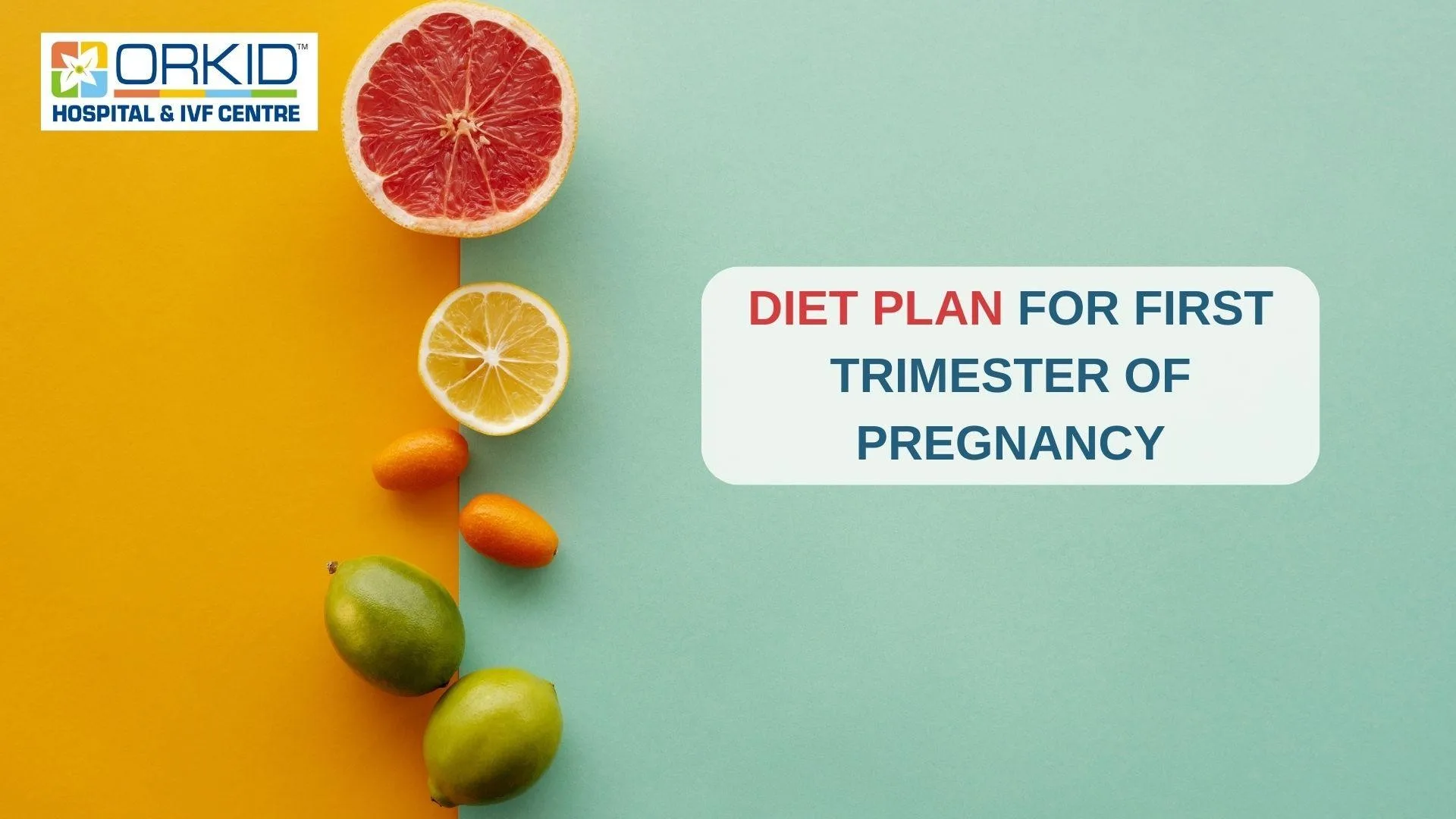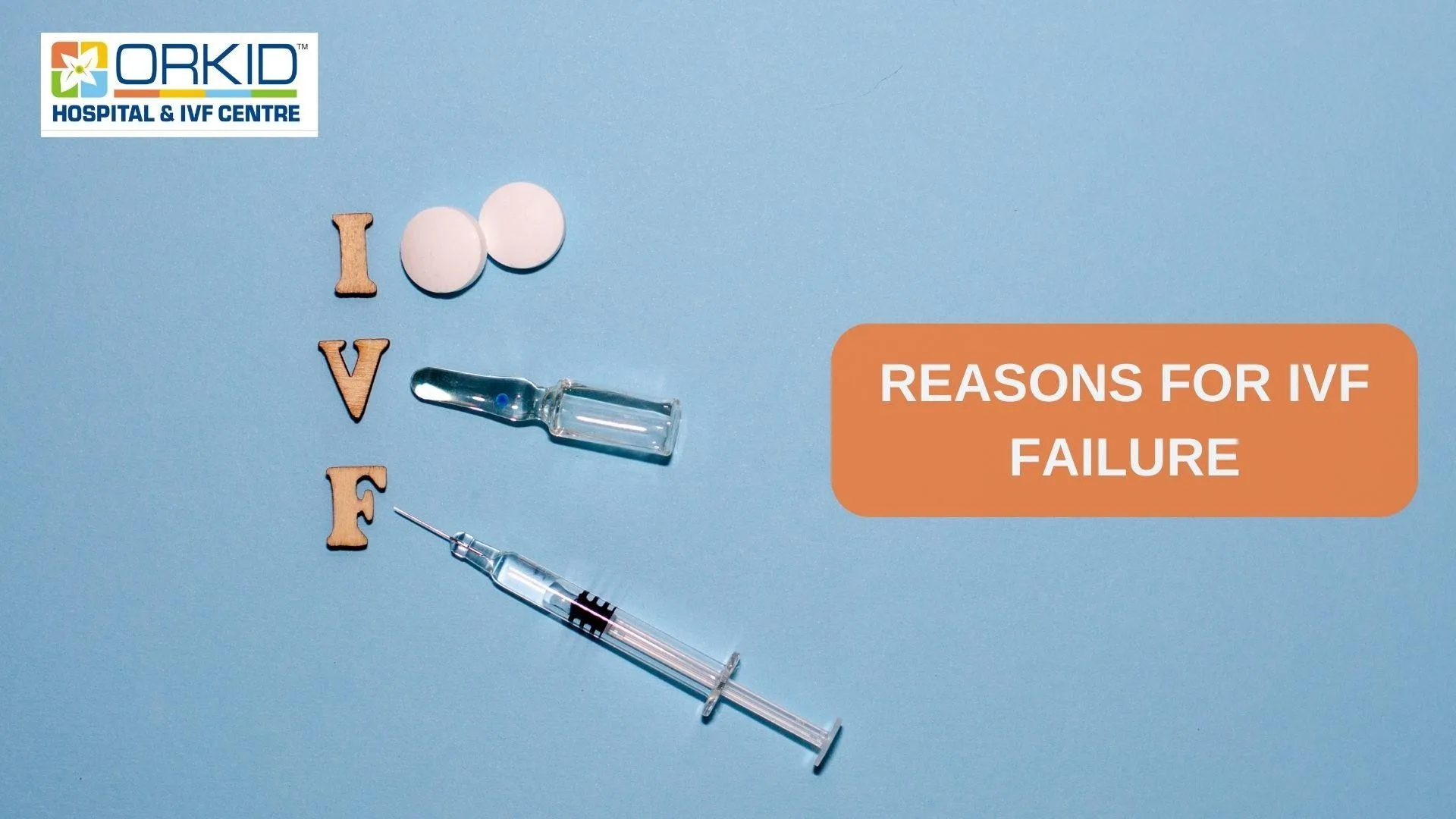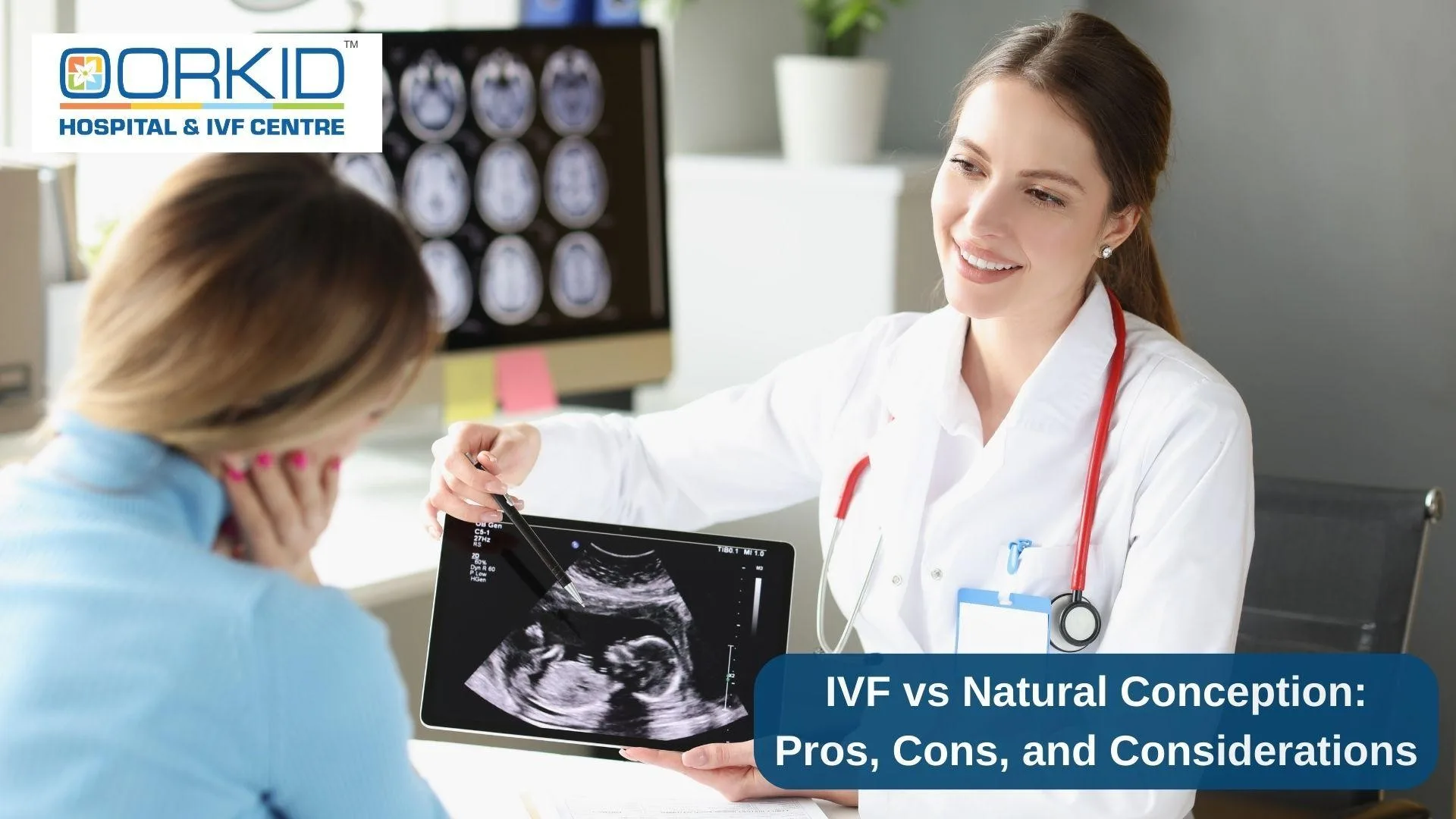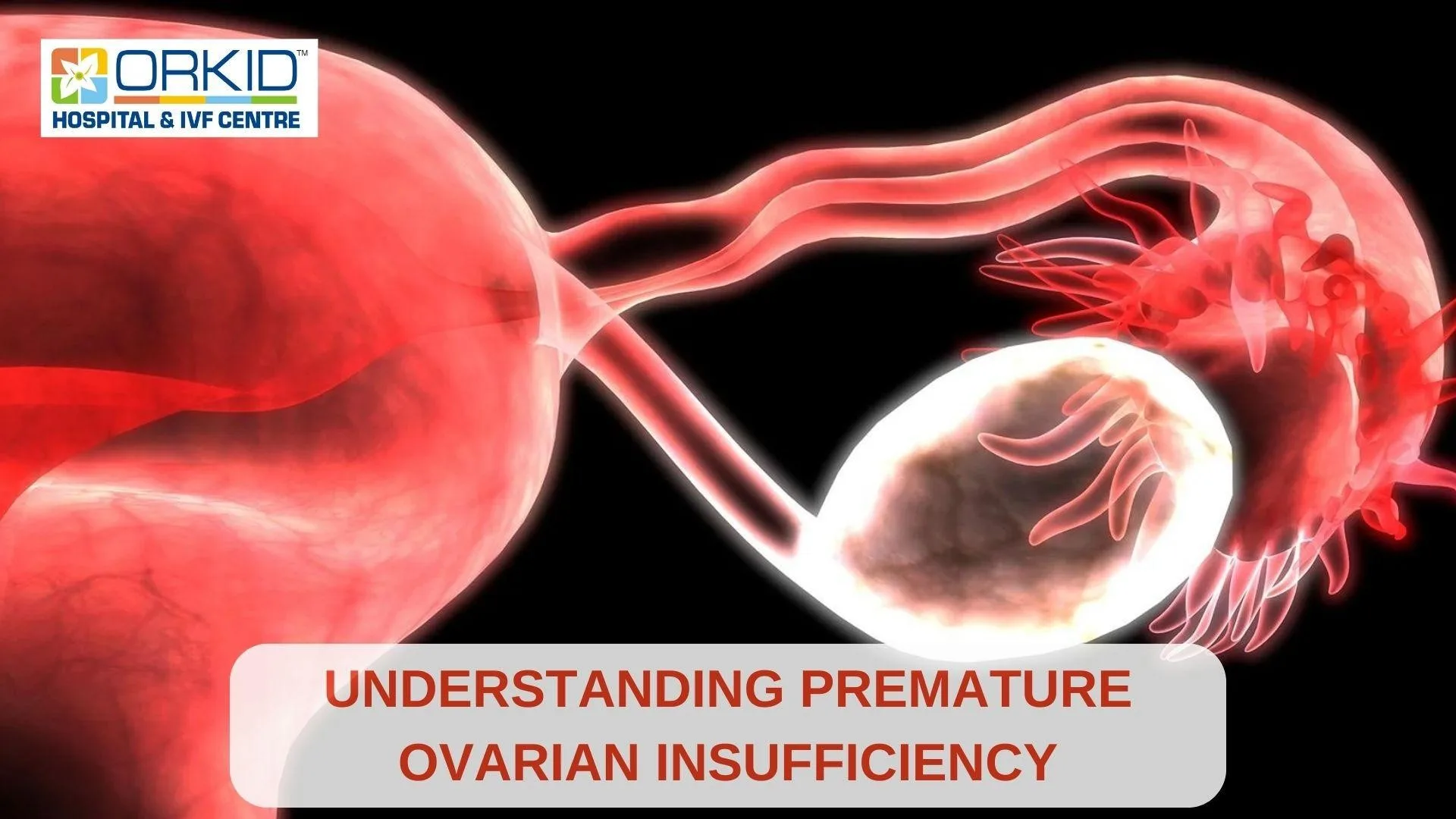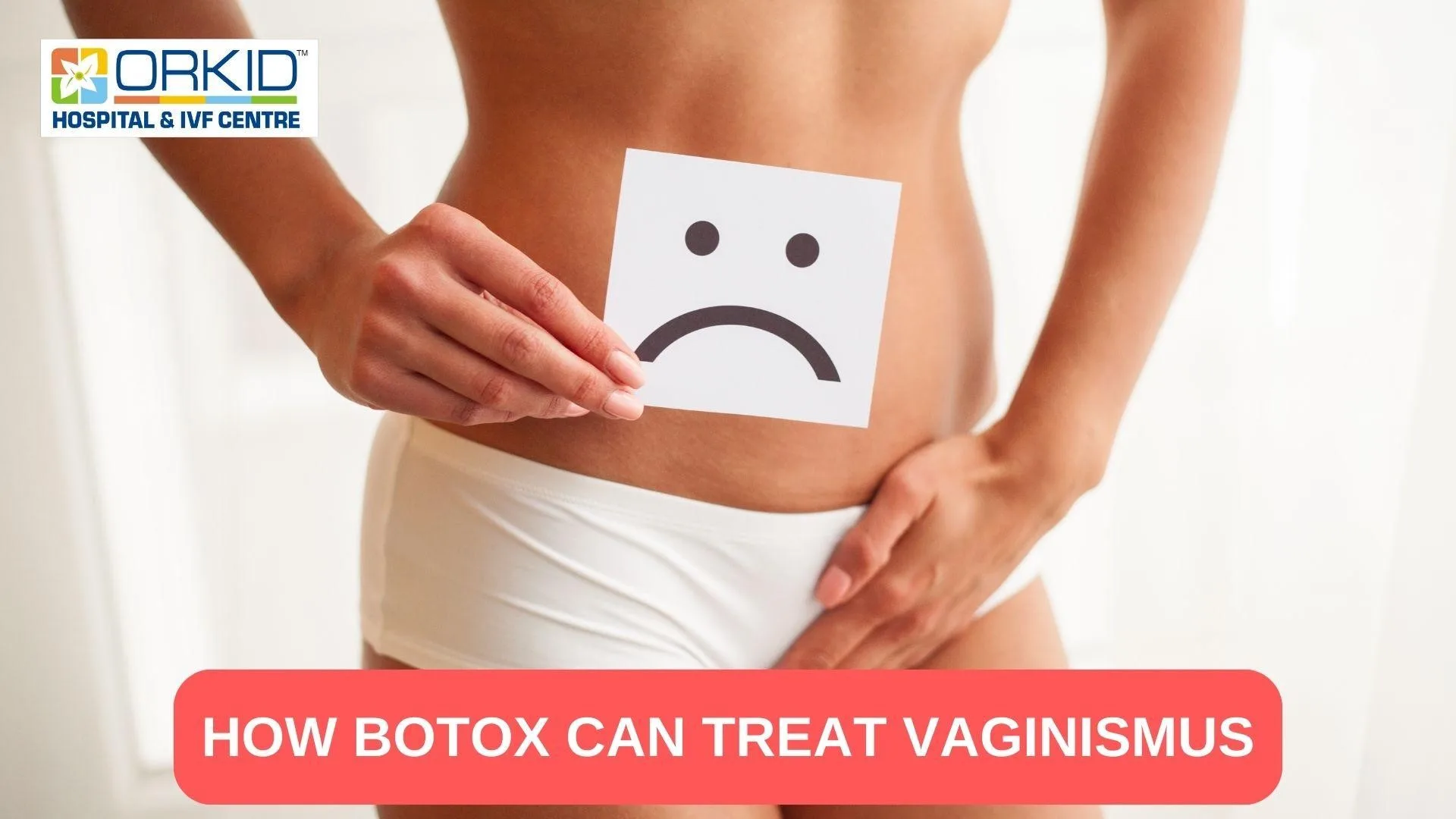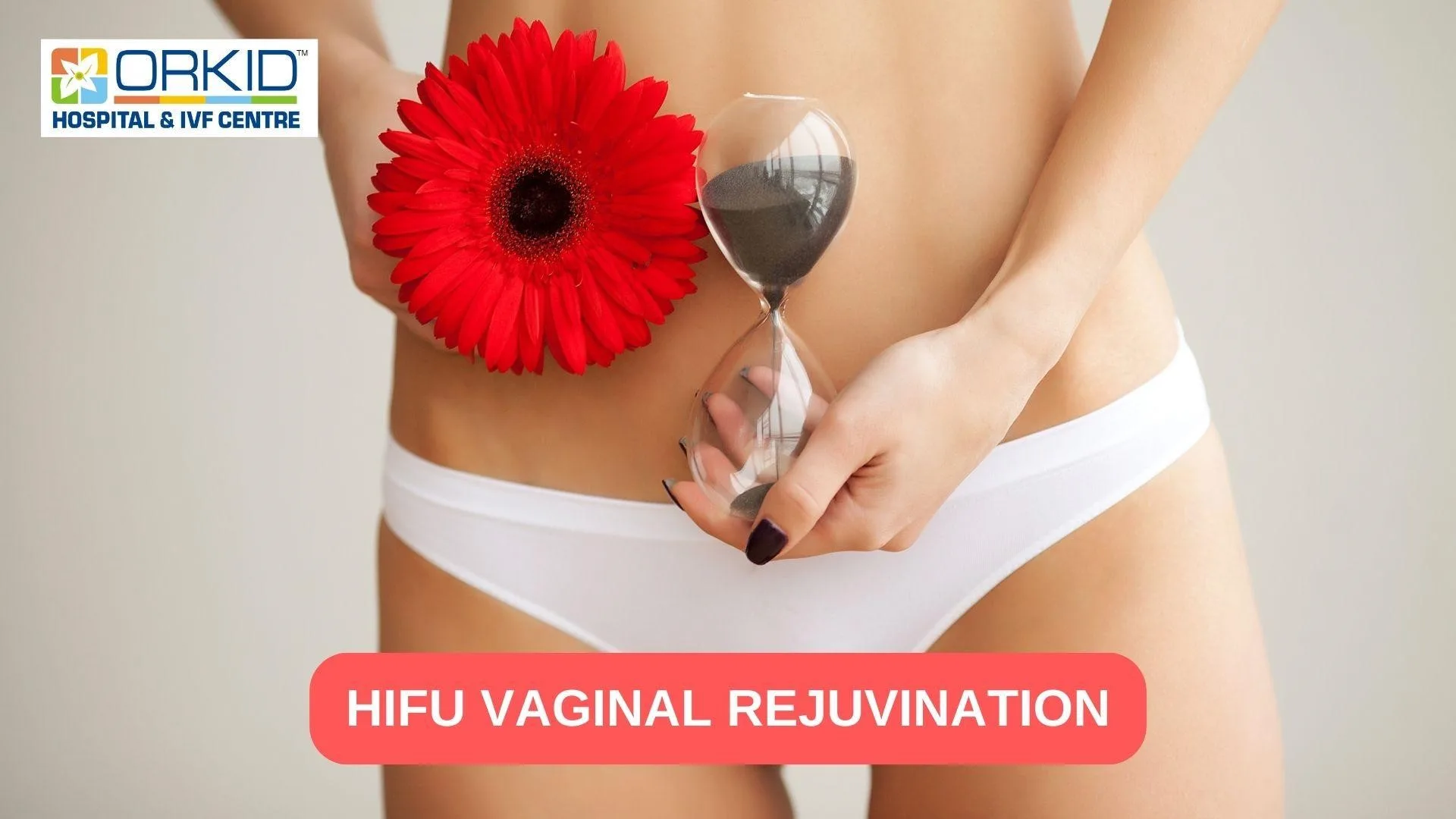The first trimester of pregnancy, covering weeks 1 through 12, is an incredibly formative period in fetal development. These weeks lay the foundation for your baby’s major organs and systems. A well-balanced, nutrient-dense diet can significantly impact the health of both you and your baby. Here’s a comprehensive guide from Dr Kaajal Mangukiya, founder of the best infertility centre in Surat — Oorkid hospital & IVF centre , to the essential nutrients, foods to include, and meal ideas for a nourishing first trimester diet plan.
Key Nutrients for the First Trimester
Your body undergoes significant changes to support the growth and development of your baby. Prioritizing the following nutrients can help promote a healthy pregnancy and ease some common symptoms like nausea and fatigue:
1. Folic Acid
Folic acid (or folate, in its natural form) is crucial in the first trimester as it helps prevent neural tube defects in the developing fetus. The best gynecologists in Surat recommend pregnant women to consume at least 400–800 micrograms of folic acid daily.
● Sources: Leafy greens (like spinach and kale), legumes (lentils and chickpeas), oranges, and fortified cereals.
2. Iron
Iron supports increased blood volume and helps supply oxygen to both mother and baby. Low iron levels can lead to fatigue and increase the risk of anemia.
● Sources: Lean meats, poultry, fish, fortified grains, spinach, and beans. Pair iron-rich foods with vitamin C sources, such as citrus fruits, for improved absorption.
3. Calcium and Vitamin D
Calcium is essential for fetal bone and tooth development, while vitamin D aids calcium absorption. Consuming adequate amounts of both can support healthy bone growth.
● Sources: Dairy products (like milk, yogurt, and cheese), leafy greens, fortified plant milks, and fatty fish, like salmon.
4. Protein
Protein is vital for the growth of fetal tissue, including the brain, and aids in the development of maternal tissue, especially in the uterus and breasts.
● Sources: Eggs, lean meats, tofu, beans, nuts, and seeds. Aim for about 70–100 grams of protein per day, depending on your weight and activity level.
5. Omega-3 Fatty Acids
Omega-3s, especially DHA, support brain and eye development in the fetus.
● Sources: Fatty fish (like salmon and sardines), walnuts, chia seeds, and flaxseeds. Choose low-mercury fish options to minimize risk.
6. Fiber
According toDr. Kaja; Mangukiya, one of the best gynos in Surat, constipation is a common first-trimester complaint due to hormonal changes. A diet rich in fiber helps keep digestion regular and can alleviate some discomfort.
● Sources: Whole grains, fruits, vegetables, beans, and legumes. Make sure to drink plenty of water to support fiber intake.
Sample First Trimester Diet Plan
Here’s a balanced, nutrient-rich sample diet plan to support your needs during the first trimester.
Breakfast
● Option 1: Vegetable Upma with rava (semolina) and vegetables like carrots, peas, and beans for fiber and vitamins. Serve with a spoon of ghee and a small bowl of curd for protein.
● Option 2: Ragi (Finger Millet) Porridge prepared with milk, topped with chopped almonds, walnuts, and a few raisins. This provides a good mix of calcium, protein, and essential minerals.
Mid-Morning Snack
● A bowl of homemade yogurt with a sprinkle of flaxseeds or chia seeds, providing calcium and omega-3 fatty acids or Amla/fresh orange juice for vitamin C for iron absorption
Lunch
● Option 1: Palak Paneer (spinach and cottage cheese) with one or two whole-grain rotis. Add a side of cucumber and carrot salad, and finish with a small serving of curd for probiotics.
● Option 2: Chole (chickpeas) curry with jeera rice and a mixed vegetable salad. This provides protein, fiber, and iron, especially when paired with a vitamin C-rich food.
Afternoon Snack
● Option 1: Fruit chaat with seasonal fruits (apple, pomegranate, orange) sprinkled with chaat masala for flavor.
● Option 2: A glass of masala buttermilk (chaas) with roasted cumin and coriander, which is refreshing and supports digestion.
Dinner
● Option 1: Baingan Bharta (roasted eggplant curry) with jowar or bajra rotis, served with a side of mixed vegetable sabzi.
● Option 2: Mixed Lentil Dal with a bowl of brown rice and a portion of stir-fried seasonal greens like methi (fenugreek) or bathua.
Foods to Avoid in the First Trimester
Certain foods carry risks of infection, toxins, or other adverse effects that can harm the developing fetus. Here’s what to avoid:
● Raw or undercooked meats, fish, and eggs: Risk of bacteria and foodborne illness.
● High-mercury fish: Limit intake of swordfish, king mackerel, and tilefish.
● Unpasteurized dairy and juices: Risk of listeria and other infections.
● Excessive caffeine: Limit to under 200 mg per day, roughly one 12-ounce cup of coffee.
● Alcohol: Avoid alcohol entirely, as it can lead to developmental issues.
Final Tips for First Trimester Nutrition
- Stay Hydrated: According to the doctors at Oorkid hospital & IVF centre, one of the best infertility hospitals in Surat, hormonal changes can lead to dehydration, so aim to drink at least 8–10 glasses of water daily.
- Balance Small, Frequent Meals: Eating small meals throughout the day can help manage nausea and prevent heartburn.
- Listen to Your Body: Pregnancy symptoms vary widely; choose foods that nourish and comfort you.

